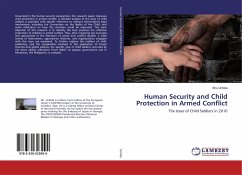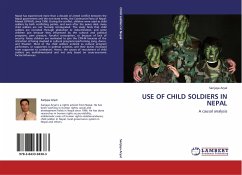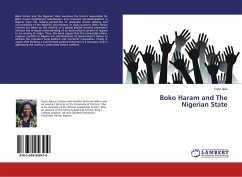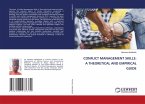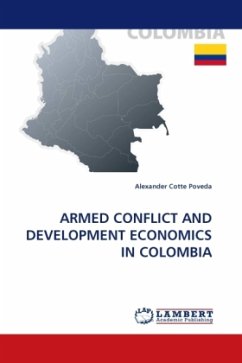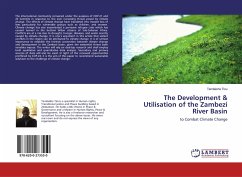Grounded in the human security perspective, this research paper discusses child protection in armed conflict. A detailed analysis of the issue of child soldiers is provided with specific reference to relevant international legal mechanisms, including the Convention on the Rights of the Child, and some reflections on how the situation could be improved. The main objective of this research is to identify the best practices for effective protection of children in armed conflict. Thus, after reviewing key concepts and approaches in the literature of peace and conflict studies, a wide variety of instruments, approaches, theories, and organizations engaged with this issue are examined. To further explore the realities of child soldiering, and the complexities involved in the application of broad theories and global policies, the specific case of child soldiers recruited by the Moro Islamic Liberation Front (MILF) to oppose government rule in Mindanao, the Philippines, is analysed.
Bitte wählen Sie Ihr Anliegen aus.
Rechnungen
Retourenschein anfordern
Bestellstatus
Storno

